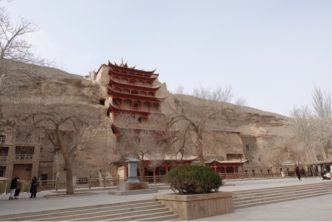As in most sames, World of Warcraft’s player characters’ virtual bodies are designed and built to comply with, and be acted upon by, the governing systems of the gameworld they inhabit. The technical equations that determine how a body walks, the rules that define what walking is and what bodies are, are co-developed with a specific definition of a world in mind, and vice versa-both the player character’s body and the terrain on which it stands are constructed in order to more effectively reinforce the functions and norms of the other. What can we discover by looking at the way these creations interact with and influence each other? What room is there in the space between what a virtual world and body can do, and what they shouldn’t do, and how can players make use of it?
This thesis closely reads World of Warcraft’s formal elements, its mechanics and its aesthetic grammar, in order to argue that the game’s virtual bodies and environments are embedded with ideologies and normas designed to reinforce its developer’s financial and political governance over their virtual world. By better understanding the methods by which these norms shape the world in World of Warcraft, players can experiment and co-create new forms of play that complicate, break, and perhaps even overturn the rules that seek to mark their play as deviant.




